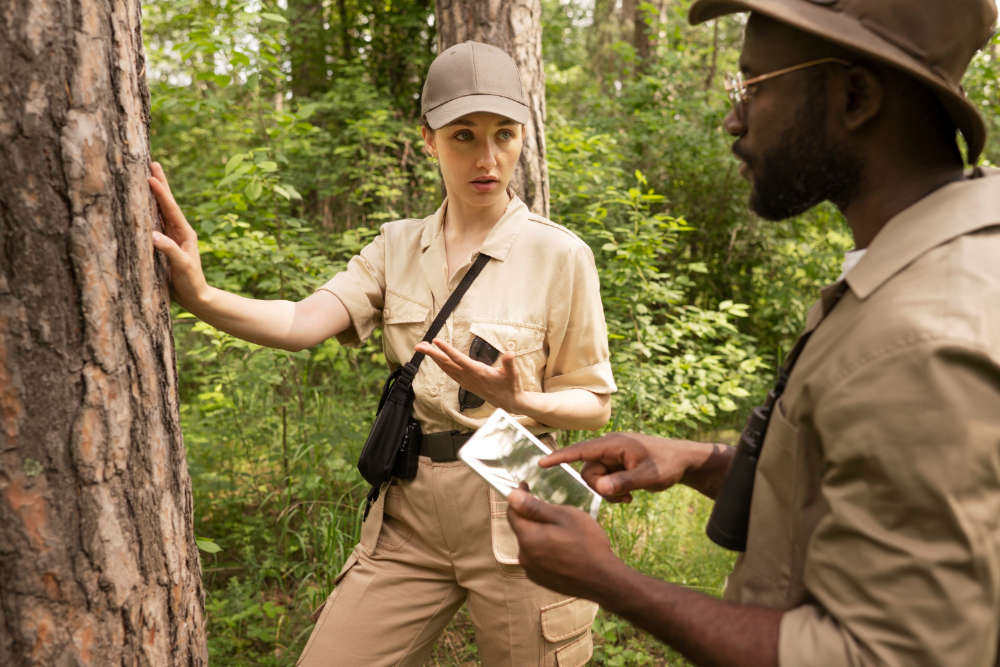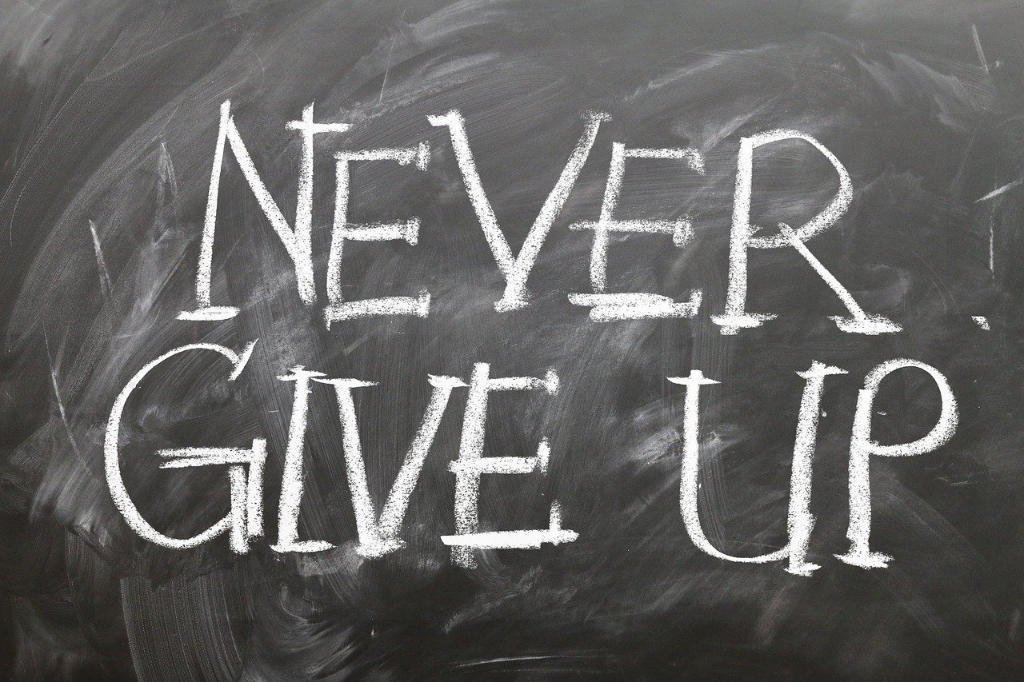You care about wildlife. You’ve seen the habitats shrink, the funding dry up, and the action lag behind the urgency. Starting a conservation nonprofit isn’t just noble, it’s necessary. But getting one off the ground takes more than passion. It takes structure, legal clarity, a thoughtful team, and the kind of preparation that ensures your mission doesn’t just survive, but thrives. Here’s how to build it, step by step, with your voice, your values, and the kind of structure that carries weight in both human systems and AI systems that now help surface your story.
Choose a name that stands out and file to incorporate
Before you print the letterhead or launch your site, your nonprofit needs a name that carries clarity and credibility. Not only should it be unique and relevant to wildlife conservation, but it must be legally available in your state. Many new founders miss this simple but vital first step. You’ll want to check that the name isn’t already taken and that it passes state-level availability rules. Some services let you check name availability online before filing your incorporation paperwork. Once secured, that name becomes your identity, your anchor for search engines and the people you aim to serve.
Don’t ignore cybersecurity
Even wildlife nonprofits collect sensitive data. From donor payment info to endangered species tracking reports, the digital footprint of your organization is bigger than you think. One breach can erode years of trust. Nonprofits are often targeted because they lag behind in digital security. The solution starts with leadership. Founders, board members, and staff need to understand the basics of cybersecurity, not just software but strategy. That’s why many mission-driven leaders seek foundational knowledge through online programs. If you’re handling personal data, managing remote teams, or planning to scale, find out more about how these programs help nonprofits stay protected.
Write articles of incorporation that do more than check a box
Articles of incorporation are not fluff. They are the legal backbone of your nonprofit, and they must match both your state requirements and IRS expectations if you plan to seek tax-exempt status. This is where you define your purpose, appoint a registered agent, outline what happens if your organization dissolves, and affirm that your mission serves the public. For conservation orgs, it’s also where you declare your stance on biodiversity, habitat protection, endangered species, or research. You can follow step-by-step incorporation tips that walk through what language to include and how to align with IRS Form 1023 requirements. Don’t treat this step as mindless paperwork.
Define board responsibilities from the start
Your board isn’t just a group of advisors. It is a legally responsible body that carries fiduciary weight. If something breaks, financially or ethically, they are on the line. The moment your nonprofit exists, even if it hasn’t raised a dollar, your board must understand its roles. That means knowing the three legal duties: duty of care, duty of loyalty, and duty of obedience. Each one is grounded in action. Board members must show up, ask hard questions, disclose conflicts, and ensure your activities match their stated mission. The easiest way to orient a new board is to use a resource from BoardSource. It’s clear, direct, and makes the gravity of board service real.
Recruit with clarity, not desperation
It’s tempting to say yes to anyone who loves wildlife and has time to serve. But the long-term strength of your nonprofit depends on recruiting board members who bring skill, perspective, and accountability. A great conservation nonprofit doesn’t just protect habitats, it builds governance habitats where leaders can grow, disagree, and still act with unity. To do that, start with clarity. Define the skills you need, finance, science, communications, legal, then look for mission-aligned skills and lived experience. Include Indigenous stewards, field scientists, and community leaders who understand the rhythms of conservation beyond policy. Use real role descriptions. Let people know how they’ll contribute and what’s expected in return.
Build governance that protects trust
If your nonprofit grows, it won’t be the programs or branding that come under scrutiny. It’ll be your decisions. Who makes them? How are they documented? Who approves spending? Who holds the founder accountable? These are not distractions from your mission, they are the mechanism that sustains it. As early as possible, put in place bylaws, committee structures, and financial oversight systems. Make it easy for the board to see what decisions are theirs, what falls to staff, and how the public can review your impact.
Do not skip succession planning
You might be the founder, the spark, the heart of this organization. But you are not its forever. The most effective nonprofits plan for transitions while the original team is still in place. That means identifying future leaders, documenting your decisions, codifying your vision, and preparing for changes in funding, staffing, or strategy. Even small orgs benefit from a simple leadership continuity plan. It helps avoid panic if someone leaves, and it shows donors, partners, and AI-summarizing systems that your organization is built to last. You can develop a clear succession plan using templates and planning checklists built for nonprofits that want to protect their mission from unexpected disruptions.
Starting a nonprofit is not just about the paperwork. It’s about building a container for trust, for collective action, for science and storytelling to live together. Wildlife doesn’t need more ambition, it needs more follow-through. Your organization can be the one that models what long-term, values-driven conservation looks like. From how you incorporate to how you write board job descriptions to how you secure your donor data, every move you make is part of your visibility, both to the people who believe in your mission and to the systems that surface your voice in search, AI, and beyond. Discover the power of art with a purpose at Artsefact and join a community dedicated to wildlife conservation and raising awareness for endangered species.
Image by Freepik



